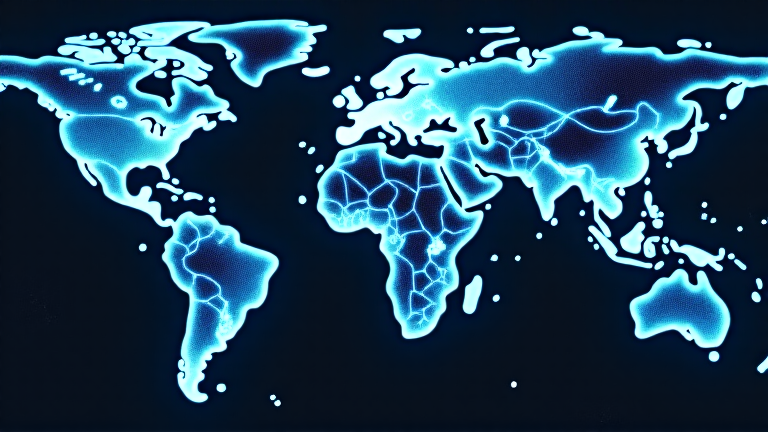
Meta’s Ambitious Undersea Cable Project Connecting Five Continents
On February 18, 2025, Meta, the powerhouse behind Facebook and Instagram, unveiled plans to deploy an undersea cable network spanning five continents. This initiative is not only set to bolster global data transmission but also to support the burgeoning demands of artificial intelligence (AI) applications.
Overview of the Project
Meta’s new undersea cable, announced in a recent blog post, will stretch over 50,000 kilometers (31,000 miles) and traverse key regions including the United States, South Africa, India, and Brazil. The cable, appropriately named Project Waterworth in honor of a dedicated Meta employee with a legacy at Alcatel Submarine Networks, symbolizes a strategic move to enhance network resilience and connectivity.
The Technical Backbone
Modern digital communication is underpinned by an extensive network of fiber-optic cables laid beneath the ocean floor. According to the US-based Centre for Strategic and International Studies (CSIS), there are approximately 1.2 million kilometers of undersea cables already in operation. Typically, these cables consist of multiple pairs of fiber-optic strands encased in a protective, armored sheath, occasionally buried several meters below the seabed to shield them from potential damage.
- Global Reach: The cable system can include both short links between neighboring countries and expansive, multi-continent systems.
- Resiliency Through Redundancy: Experts like Alan Mauldin from Telegeography stress the importance of deploying several high-capacity cables to guarantee uninterrupted data flow, even if one link is compromised.
Strategic Implications and Competitiveness
Meta’s foray into undersea cable investments marks its third solo cable project, a step that underscores a broader trend among digital giants. Companies such as Google have been significantly active, joining consortiums or embarking on independent projects to secure high-speed connectivity for data-intensive platforms like YouTube, Facebook, and Instagram.
The investment in Project Waterworth, described by Meta as a multi-billion-dollar, multi-year commitment, comes at a time when overall sector investments in areas like AI reach tens of billions annually.
Enhancing AI Performance
A key driver behind this ambitious project is the increasing demand for data, particularly driven by the growth of AI technologies. The new cable will serve as critical infrastructure to support the high-bandwidth requirements needed for both "training" AI models and managing real-time AI inference. As noted by experts, while emerging companies may compete in this space, established hyperscalers with extensive data centers and robust network backbones hold a decisive advantage.
Navigating Geopolitical and Physical Challenges
Security and reliability remain prime considerations in undersea cable deployment. The global network is not only prone to natural disturbances such as underwater landslides and tsunamis but also faces risks from human activities like accidental anchor drags and illegal fishing operations. Moreover, concerns over deliberate sabotage and espionage have prompted initiatives such as NATO’s Baltic Sea patrols following suspected targeted attacks.
Meta’s selected route smartly avoids contentious areas like the South China Sea and the Red Sea, reducing exposure to geopolitical volatility while ensuring the continuous flow of high-speed data.
Looking Ahead
Meta’s Project Waterworth symbolizes a new era in digital infrastructure, where companies directly invest in the backbone of global communication to drive innovation in AI and beyond. As digital giants continue to expand their control over subsea cable networks, the future of global connectivity looks more secure, resilient, and ready to meet the ever-growing demands of a data-driven world.
Note: This publication was rewritten using AI. The content was based on the original source linked above.